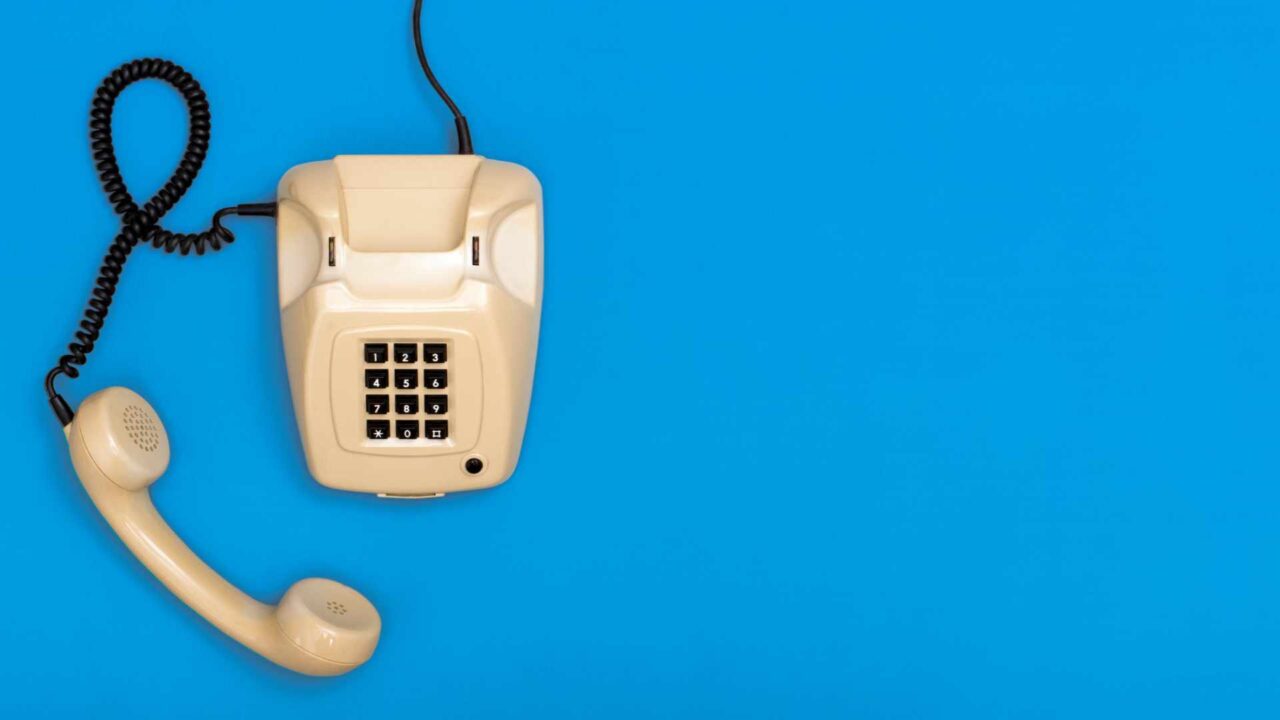This month marks the fiftieth anniversary since Charles Kao had a brainwave without which today’s broadband communications would be inconceivable – and Retarus, too.
With a paper published in the July 1966 issue of “Proceedings of the Institution of Electrical Engineers” , Kao turned cutting-edge research into the deployment of lasers in telecommunications on its head. In fact, it was he who postulated that a glass fiber of sufficient purity would exhibit levels of attenuation low enough to carry signals over distances which would make it useful for telecommunications.
Charles Kao was then working at Standard Telephone & Cables in the UK (which later became part of Nortel) under Antoni Karbowiak, who was attempting to manufacture hollow optical waveguides using plastic. Kao and several other researchers – for instance Rudolf Kompfner at Bell Labs in the US – knew that impurities in the glass fibers were posing the problem that prevented their use in telecommunications.
Only a question of purity
While Kompfner, faced with attenuation of thousands of decibels per kilometer in the very best glass available at that time, gave up and instead pursued research into hollow waveguides, Charles Kao sought high-purity materials to use in his fibers. Following Karbowiak‘s departure from STC to take up an academic position in Australia, Kao worked with Harold Rawson at the University of Sheffield and published the 1966 paper in the IET journal together with his assistant George Hockham.
This contribution was the catalyst for a raft of international research projects. Kao had originally asked Rawson whether attenuation of 20 decibels of attenuation per kilometer would be feasible. Remarkably, by 1979 American glass specialists Corning had already developed glass fibers which only displayed 0.2 decibels of attenuation per kilometer. This ensured that fiber optics would have a future in global communication networks. Charles Kao was awarded the 2009 Nobel Prize for Physics for his 1966 contribution, along with the inventors of Charge-Coupled Devices (CCDs).
The bedrock of global messaging
The perfect networking of global business , Retarus’ stated vision, would be inconceivable without fiber-optic cables. The seven data centers which make up Retarus’ Global Delivery Network are each, for instance, normally connected to three tier 1 carriers and partly also interconnected with each other. Find out more about the technology and infrastructure which powers our information logistics here or directly from your local Retarus contact person.




